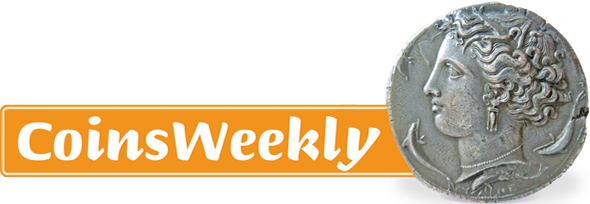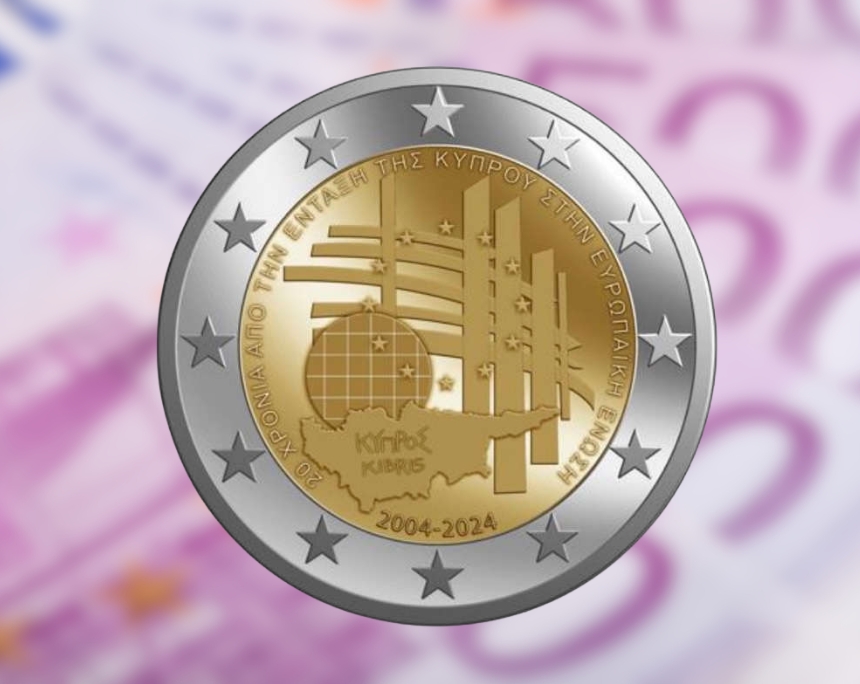Have We Reached the Limit? 2-Euro Collectors Are Giving Up In the Face of a Myriad of Varieties
by Sebastian Wieschowski
Collecting coins is a hobby that is not only educational but, at its best, should provide lasting pleasure. However, if you look at the relevant online forums, Facebook groups and Discord servers, you get the impression that more and more 2-euro collectors are no longer enjoying their hobby. A passionate debate has broken out about whether mints, finance ministries and central banks in euro countries have gone too far in issuing 2-euro collector coins.
Content
Cyprus: A Coin With a Tiny Mintage Figure Causes Upset
For many collectors, the latest 2-euro commemorative coin from Cyprus was the final straw. The Central Bank of Cyprus decided that the coin would only be produced with a tiny mintage of just 7,000 Proof specimens. Coin rolls or coincards were not even produced at all. Until now, Cyprus – one of the countries to issue the fewest 2-euro commemorative coins – had always issued rolls and occasionally coincards. But in 2024, the Central Bank opted for a new distribution strategy. As a result, the only way to fill this gap in your collection was to order the coin directly in Cyprus or to buy it from a dealer. The first method proved complicated and turned into a disaster in late autumn last year. And the second option cost a lot of money – the pieces trade for up to 1,500 euros, but prices are now falling towards 1,000 euros. Still, few 2-collectors collectors want to spend that much money.
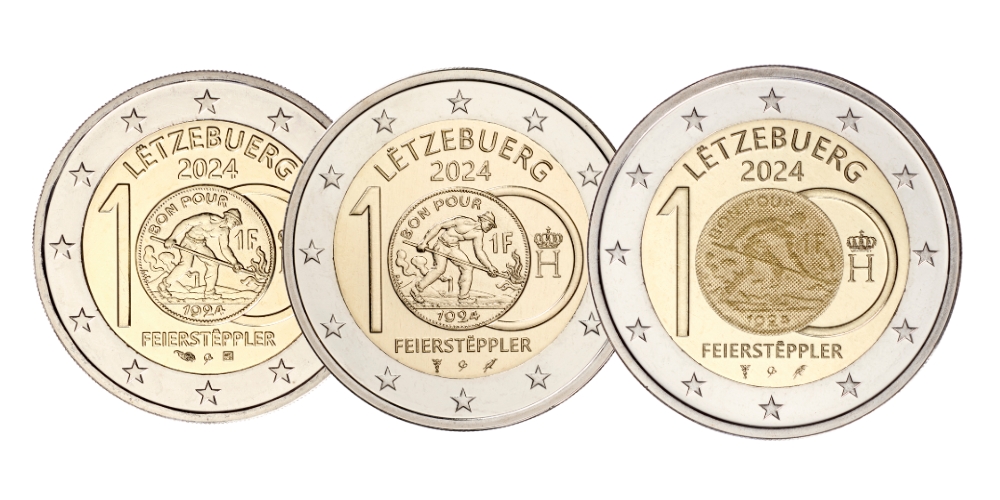
Luxembourg is a source of enthusiasm for some collectors, while others disapprove of the relief and photo issues. Photo: BCL
Luxembourg: Relief, Photos – And Now Color and Reverse Proof
One of the biggest annoyances in the 2-euro community are Luxembourg’s 2-euro commemorative coins. The small Grand Duchy has been a member of the eurozone since 2002 and over the past two decades the country has found a number of ways to optimise sales of its 2-euro commemorative coins. The latest trend in recent years: issuing coins with one and the same motif in two different versions, called “photo” and “relief version”. And that’s not all. Coincards and Proof coins were added, some varieties can only be found in coin sets, others in coincards – a veritable jungle of varieties of Luxembourg 2-euro coins has emerged in recent years.
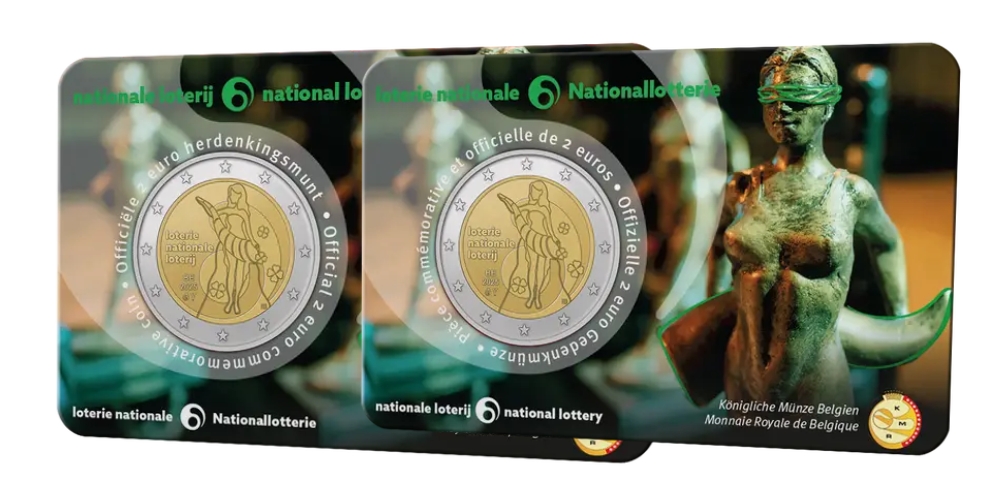
Linguistic diversity as a marketing coup: Belgium issues its coincards in two languages. Photo: herdenkingsmunten.be
Belgium and the Netherlands: The Lesser Evil for Collectors
Among the lesser evils of euro collecting are the commemorative coins issued exclusively in coincards. Belgium in particular, but also France, have made a name for themselves in recent years with this issuing policy. Belgium and the Netherlands have cleverly capitalised on cultural characteristics of their countries to lure a few extra euros out of collectors’ pockets: the coincards from these two countries are issued in two different languages. The coin itself is the same, but the carton around it has a different text.
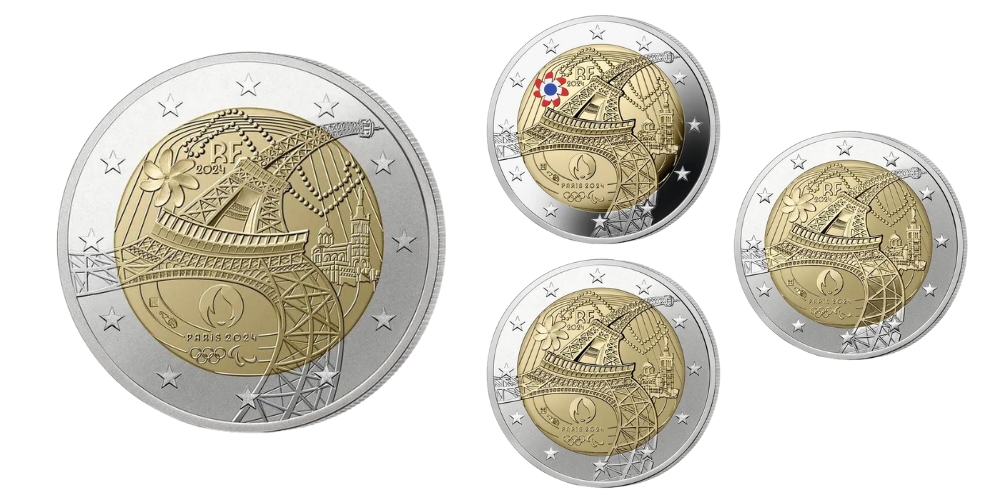
France is taking the minting technology of 2-euro coins to the extreme – with a Proof variety. Photo: Monnaie de Paris
France – The Motherland of Special Effects
Talking of France, Monnaie de Paris, which has set a record in recent years with five different coincards for the same 2-euro design, introduced another innovation last year that has not gone unnoticed: the so-called Reverse Proof minting technique, which has never before been used for 2-euro coins, gives the issues a very unique look. Again, the mintage was far too low and the coins quickly reached a market value of more than 200 euros after their initial sale in the low double-digit range. France issued a total of four different versions of its last Olympic coin – that was too much for many collectors.
An Uncomfortable Question
The variety and abundance of new ideas for the design of further 2-euro coins gives rise to an uncomfortable question for many collectors: should they give up their hobby? Have things gone too far? And does it even make sense to own all the varieties? Is it even possible if you don’t have a cash cow in your basement? A striking number of 2-euro fans are now publicly admitting that they have had enough.
But how can you take the frustration out of collecting and turn it back into the passion for collecting that has inspired so many 2-euro collectors since 2004 (when the first 2-euro commemorative coins were minted)? A very simple life hack: concentrate on one sub-area! The desire to cover the entire 2-euro coin collecting area may be tempting, but it is no longer realistic.
If you really want to own a complete collection of all varieties of a year’s 2-euro coins, you will have to spend a high four-figure sum per year. It is increasingly unlikely that you will ever see that money again when you sell them. This is because the market value of 2-euro coins fluctuates wildly and there are many examples that were highly sought after yesterday that nobody wants today.
Breaking Down the Field of 2-Euro Coins into Its Components
The field of 2-euro coins can perfectly be broken down into individual parts:
- Firstly, there are all the coins that could theoretically be found in circulation. You can buy them for 3-10 euros in uncirculated quality from your favourite dealer. If you pursue this strategy, it will only cost you a few hundred euros per year.
- As a second step, the collection can be expanded with affordable coincards from the countries that exclusively issue their coins in this plastic packaging. These are Belgium, France and Malta, although it is not necessary to own every possible coincard design from these countries.
- As a third step for more advanced collectors, you can move on to 2-euro coins from small states: the Vatican, San Marino and Andorra are available between 30 and 50 euros per coincard.
- A numismatic luxury that certainly not every collector has to indulge in are the coins that are only available in Proof quality. Monaco is a cause of annoyance for many collectors as the coins have been trading between 300 and 400 euros in recent years due to their low mintage figures. For this sum, you could easily buy an entire year’s worth of circulating commemorative coins plus some treasures form other small states. And the other Proof coins that are available alongside coins rolls are only interesting to collectors that specialise in Proof coins and are prepared to channel a lot of money into their collection.
In short, as “hunters and collectors”, we follow our instincts. And these instincts often cannot be explained rationally and are difficult to control. But especially when it comes to our hobby of collecting coins, we should not lose common sense – otherwise we will one day lose our passion for this hobby. And that wouldn’t benefit anyone – neither us nor the mints, whose business is becoming increasingly challenging anyway.






